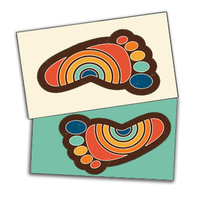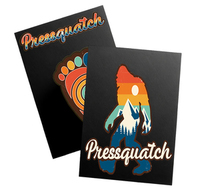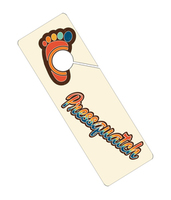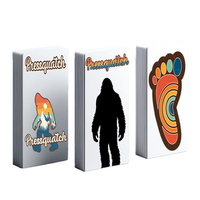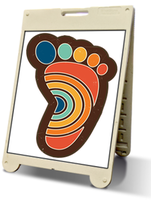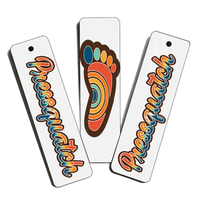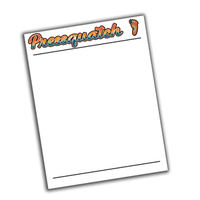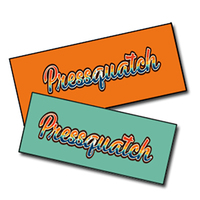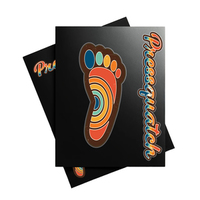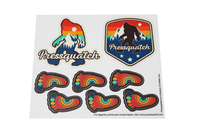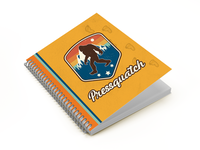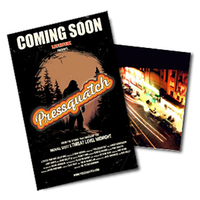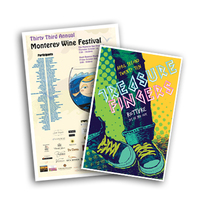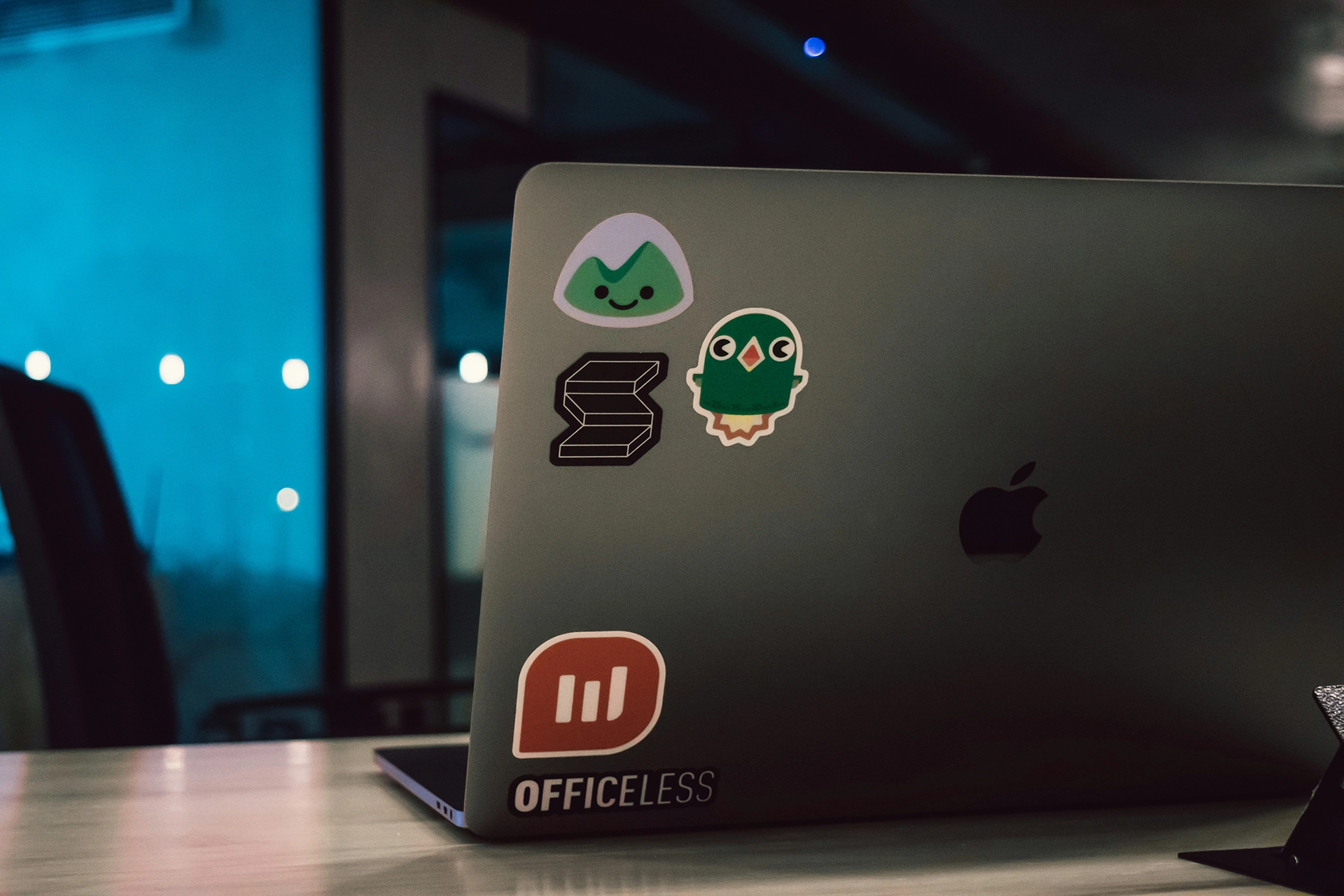Print has come a long way since the days of Gutenberg. From the painstaking process of setting type by hand to today’s lightning-fast digital presses, the printing industry has transformed dramatically—driven largely by advancements in technology. What was once a labor-intensive craft has become a streamlined, highly customizable, and more accessible process for businesses, designers, and consumers alike.
From Press to Pixels: A Brief History
In the early days, print was a mechanical process involving movable type, ink, and hand-cranked presses. It revolutionized communication and knowledge-sharing, but it was slow, costly, and inflexible. The invention of offset lithography in the 20th century offered faster production, better quality, and lower costs—making mass-market print more viable.
But the real disruption came with the digital age.
The Digital Printing Revolution
Digital printing emerged in the late 20th century and changed everything. Suddenly, short runs became economical, and “print-on-demand” shifted the industry’s economics. Designers could send files directly to printers without needing to create plates or wait days for proofs. This reduced turnaround times and opened doors for greater personalization and customization.
Software also played a key role. Programs like Adobe InDesign, Illustrator, and Photoshop gave creatives powerful tools to produce press-ready files, allowing for greater control over layout, typography, and imagery.
Automation, AI, and Smarter Systems
Modern print facilities are now equipped with automated workflows that reduce human error, streamline production, and increase output. Artificial intelligence and smart color management systems are helping printers deliver consistent results while reducing waste and improving sustainability.
Additionally, cloud-based collaboration tools make it easier for clients, designers, and printers to communicate in real time—reducing revisions and keeping projects on track.
Eco-Friendly Innovations
Technology hasn’t just made print faster and more flexible—it’s also made it greener. Many presses now use waterless printing techniques, vegetable-based inks, and recycled papers. Digital printing, with its reduced waste and smaller batch capabilities, aligns with the growing demand for sustainable production.
What’s Next?
As augmented reality (AR), QR codes, and interactive print continue to evolve, print is becoming a bridge between the physical and digital worlds. While the industry has faced challenges from the rise of digital media, print’s adaptability proves it still has a vital role—especially when combined with smart technology and creative thinking.
Final Thoughts
The evolution of print is far from over. Technology continues to push the boundaries of what’s possible, blending tradition with innovation. At Pressquatch, we’re excited to be part of this ever-changing landscape—where every project is a chance to explore how print can be more beautiful, efficient, and meaningful than ever before.

